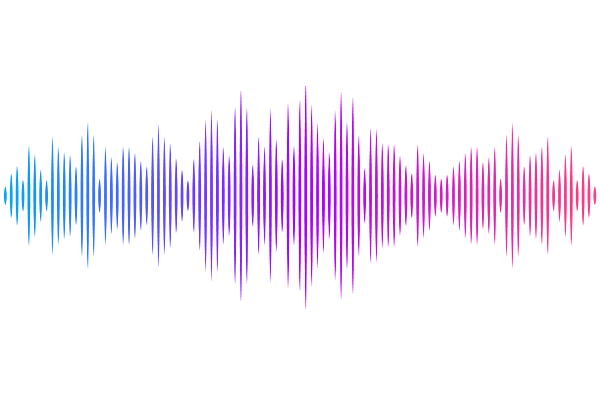Infrared observations reveal the reprocessing envelope in the tidal disruption event AT 2019azh

Infrared observations reveal the reprocessing envelope in the tidal disruption event AT 2019azh
Thomas M. Reynolds, Lars Thomsen, Seppo Mattila, Takashi Nagao, Joseph P. Anderson, Franz E. Bauer, Panos Charalampopoulos, Lixin Dai, Sara Faris, Mariusz Gromadzki, Claudia P. Gutiérrez, Hanin Kuncarayakti, Cosimo Inserra, Erkki Kankare, Timo Kravtsov, Shane Moran, Phil Wiseman
AbstractTidal disruption events (TDEs) are expected to release much of their energy in the far-ultraviolet (UV), which we do not observe directly. However, infrared (IR) observations can observe re-radiation of the optical/UV emission from dust, and if this dust is observed in the process of sublimation, we can infer the un-observed UV radiated energy. TDEs have also been predicted to show spectra shallower than a blackbody in the IR, but this has not yet been observed. We present near/mid-IR observations of the TDE AT 2019azh spanning from -3 d before peak until >1750 d after. We evaluate these observations for consistency with dust emission or direct emission from the TDE. We fit the IR data with a modified blackbody associated with dust emission. The UV+optical+IR data are compared with simulated spectra produced from general relativistic radiation magnetohydrodynamics simulations of super-Eddington accretion. We model the data at later times (> 200 d) as an IR echo. The IR data at the maximum light can not be self-consistently fit with dust emission. Instead, the data can be better fit with a reprocessing model, with the IR excess arising due to the absorption opacity being dominated by free-free processes in the dense reprocessing envelope. We infer a large viewing angle of $\sim$60$^{\circ}$, consistent with previously reported X-ray observations, and a tidally disrupted star with mass > 2 M$_{\odot}$. The IR emission at later times is consistent with cool dust emission. We model these data as an IR echo and find that the dust is distant (0.65 pc), and clumpy, with a low covering factor. We show that TDEs can have an IR excess not arising from dust and that IR observations at early times can constrain the viewing angle for the TDE in the unified model. Near-IR observations are therefore essential to distinguish between hot dust and a non-thermal IR excess.